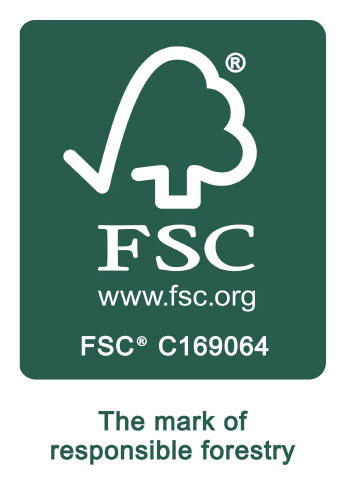Nature has to be the world’s best packaging designer. Take a moment to look at the skin of a banana, crack open the shell of a nut, or note how the rind of a citrus fruit helps to lock in moisture, aroma and flavour. Given any of these consumables to package and it would be hard to match the perfection of these natural solutions.
As an increasing number of shops and supermarkets are moving away from plastic-wrapped fruit and veg, we start to notice nature’s packaging. We feel the textures and firmness in our hands and pick up on scents. The shopper switches from making purchasing decisions based on this week’s promotion and reconnects with the food they want to eat.
The lack of plastic packaging also means that we can select the number of items we need – just two onions, or a handful of carrots, rather than a bag full. This has got to help reduce food waste. There is, the fair counter-argument that plastic packaging helps to prolong shelf life. This also helps to reduce food waste, but the environmental cost is becoming very evident.
Food Produce Packaging
Although nature has created some ingenious packaging solutions, modern society is reliant on produce being shipped. For this secondary packaging is required.
The main options for transporting consumables are plastic or corrugated cardboard cartons. Both offer a robust and practical means of packing, stacking, transporting and displaying goods, but which is best?
Plastic Containers
Once formed, plastic containers can be used time and time again. They are both moisture-resistant and durable and will retain their shape even after years of use.
Corrugated Cardboard Cartons
Manufactured from largely recycled materials and typically recovered for recycling following every use, corrugated cardboard cartons are a sustainable packaging option.
Packaging and Food Safety
The fact that corrugated cardboard packaging has to be repeatedly recycled may make it seem like a less efficient option. The process of recycling and manufacturing of new boxes reaches incredibly high temperatures and uses energy.
This is true and yet, the fact that the corrugated cardboard boxes are not reused is actually an asset. Food produce contains natural organisms and when containers are reused there is the potential that bacteria will thrive and transfer. The heat used in the recycling and manufacture of corrugated cardboard cartons destroys these microbes.
With a focus on food safety, samples of shipping boxes are independently tested an analysed on a regular basis. One of the latest reports comes from the US, where 40 out of 48 corrugated cartons that were randomly tested contain no organisms at all. The other 8 were well within the acceptable safety limits.
Environmental Impact of Cardboard Packaging
The ability to reuse the paper fibres time and again means the manufacture of new cardboard boxes has a relatively low environmental impact. Raw materials are sourced from sustainable European forests. The number of trees in these forests grows each year, as more are replanted then felled. Whilst energy and resources are used in recycling corrugated cardboard, it remains one of the most sustainable packaging materials.
From organic home delivery boxes to large, shelf-ready cardboard cartons for supermarkets, corrugated cardboard packaging is the ideal means of adding that extra layer of protection to nature’s packaging.
If you would like Aylesbury Box Company to provide a quote for plain or printed cardboard boxes, please give us a call on 01296 436888.
